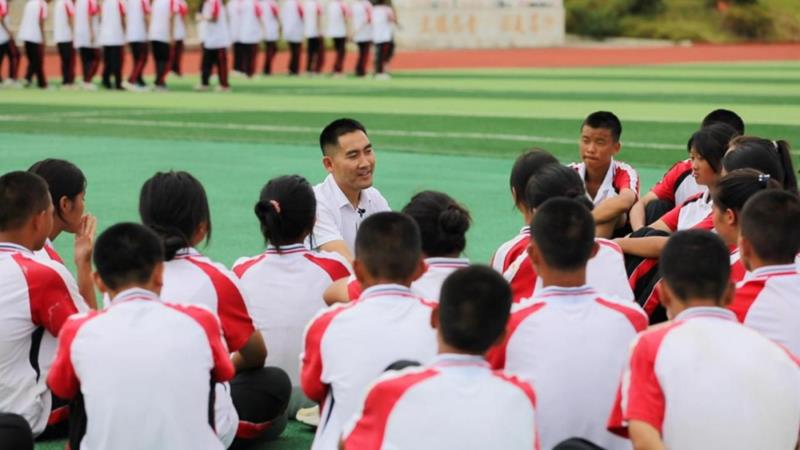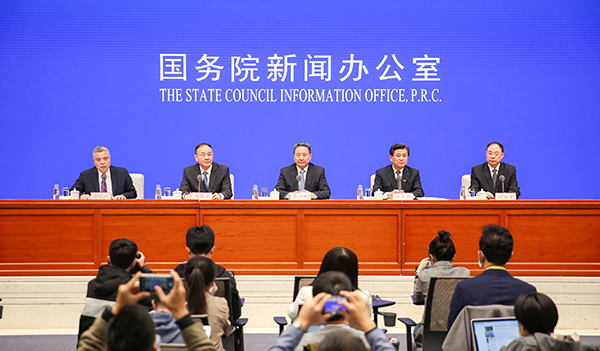China is the world’s largest fruit producer, but in recent ten years, the proportion of fruit exports to total output has been below 5% for a long time, and the export level is low. Since 2003, more than 60% fruit export enterprises in China have encountered green trade barriers every year. Experts pointed out that green trade barriers have become the main external constraints restricting China’s fruit exports.
Green barriers have caused three negative effects.
After China’s entry into WTO, domestic fruit exports did not increase as much as expected. According to statistics, from 1998 to 2006, China’s fruit exports accounted for 1.16%, 2.16%, 2.22%, 2.87%, 3.53%, 3.72%, 4.13% and 3.86% of the total output respectively.
Experts such as Guo Wei, associate professor of Guangdong Business School, and Li Wenlong, lecturer of Hunan Institute of Science and Technology, said that since 2003, more than 60% fruit export enterprises in China have encountered green trade barriers every year. It has suppressed the living space of Chinese fruits in the international market and raised the export threshold.
Experts such as Professor Zhang Xingwang from Yunnan Agricultural University, Associate Professor Liu Hancheng from Huanggang Normal University and Li Wenlong from Hunan Institute of Science and Technology analyzed that at present, green barriers have caused three negative effects on China’s fruit export.
The first is to restrict the growth of fruit export trade. 60% of China’s exported fruits are exported to developed countries and regions such as the European Union, the United States and Japan, as well as newly industrialized countries such as ASEAN and South Korea. They are all members of the WTO Committee on Trade and Environment, and are more willing to use green trade barriers to restrict the export of Chinese fruit products.
For example, the United States is one of the main export markets of litchi in Guangdong. It requires that litchi should not contain live insects and leaves, the fruit stalk should not exceed 10 cm, and the pesticide residue should not exceed a certain limit. It must be stored continuously for 15 days at a constant temperature of 1℃.
The second is to increase the cost of export products and weaken the international competitiveness of fruit products. In order to meet the green environmental protection standards, Chinese fruit enterprises should pay for inspection, testing, certification, appraisal and equipment purchase. In order to obtain the green sign recognized by foreign countries, enterprises have to pay the certification application fee and the annual use fee. However, the fruit quality evaluation procedures and quality certification systems in developed countries are becoming increasingly strict and complicated.
For example, if agricultural products such as fruits want to enter South Korea, China’s quarantine department needs to provide the General Catalogue of Diseases and Pests, and South Korea needs to send experts to China for on-the-spot investigation before signing the quarantine agreement between the two countries. China exports products to South Korea according to normal trade methods.
The third is that the export risk of enterprises has increased. In recent years, developed countries often take unilateral trade measures to restrict the import of fruits from developing countries, including China, in the name of environmental protection. Moreover, they can also exclude fruits outside the region, including Chinese fruits, on the grounds that they are lower than the regional environmental standards through free trade within the region.
Frequent "hitting the wall" exposes the structural defects of China’s fruit industry
Experts believe that China’s fruit industry frequently encounters foreign green trade barriers, which not only causes trade protectionism, but also exposes the defects of China’s fruit industry in production, circulation and processing.
-the main planting body is scattered. The vast majority of fruit production in China adopts free and decentralized planting methods, and the planting units often take households as units. Growers’ cultural quality is different, their ideas vary widely, and their awareness of environmental protection is poor, so many problems arise. Different producers use different fertilizers, spray different pesticides and pick different times, so the shape, size and maturity of fruits are different.
-standard construction is lagging behind. At present, there are 291 indexes for the maximum residue of 104 pesticides in 45 foods in China. At present, the Codex Alimentarius stipulates 2439 maximum residue standards for 176 pesticides in 375 foods. For example, the national standard Maximum Residue Limits of Pesticides in Food (GB 2763-2005) issued and implemented in China in 2005 involves only 48 kinds of original pesticides in apples, far less than those in the United States, Japan and the European Union. Foreign standards have been formulated in the production stage of products, but the standard-setting work in China is quite backward and the cycle is long. Because China’s fruit export standards lag behind international standards, fruits that pass domestic inspection are returned or destroyed by importing countries because of excessive antibiotic and pesticide residues during export.
-Insufficient storage and fresh-keeping ability. Fruit is a complete cold chain system from precooling, cold storage, heat preservation and transportation to entering the consumer market. More than 90% fruits in Japan are precooled. But only 5% in China. Only 10% of fruits in China can realize cold chain transportation. The storage capacity of fruits in China is 20% of the total output, and most of them are simple storage. Cold storage and modified atmosphere storage only account for 7% of the total storage capacity, while in developed countries it is 100%, and 70-80% are modified atmosphere storage.
-Insufficient government policy support. The fruit production cycle is long, and the early investment in the orchard is high, with high risks. However, the Chinese government lacks specific preferential policies to support the development of the fruit industry at present, and the financial support for strengthening the orchard infrastructure construction, accelerating the development of the fruit processing industry, and improving the fruit storage conditions is not enough. Financial institutions do not have special loan indicators for fruits, and the problems of reducing or exempting agricultural specialty taxes and partially returning agricultural specialty taxes in the process of fruit structure adjustment have also restricted the competitiveness of Chinese fruits.
Only the adjustment of industrial structure can "break the wall"
Experts suggest that China’s fruit industry must take various measures, including brand building, trade negotiation and media publicity, to effectively break through the green barrier and open up a broad export market. But improving the quality of fruit itself is fundamental, and the adjustment of industrial structure is the key to improve the quality of fruit.
-establish a large-scale export-oriented base of 500 hectares to 1,000 hectares. They can play a large-scale production effect, reduce production costs through mass production, and at the same time, facilitate the establishment of a unified quality supervision system and production regulations that meet international green standards, implement unified operations and standards for all fruit production, effectively ensure product quality, and are also conducive to logistics and transportation.
-adjusting the variety structure and vigorously developing the fruit processing industry. Diversification of export varieties can avoid the impact of single variety and large quantity on the importing country’s market and local fruit industry, and reduce the possibility of importing countries setting restrictions on China’s export of fruits. Taking the fruit processing industry as the leading industry of the fruit industry will not only improve the added value of fruit exports, but also ease the impact of fruit exports on importing countries. At present, the focus of developing fruit processing industry is to improve the level of post-harvest commercialization and the production level of high value-added deep-processed products such as fruit wine, jam and juice. It is necessary to encourage the introduction of advanced technology and funds, transform existing fruit processing enterprises in China, and improve the technological content of processing.
-promoting the standardization of production. China should formulate strict standards, monitor the whole production process from fruit variety selection and plantation site selection to fruit production, harvesting, storage, transportation and processing, avoid pollution, improve quality, implement green fruit strategy, and adjust it in time according to the setting of green barriers in export areas at any time. The government should carry out standardized production training for fruit farmers, vigorously popularize standardized production, and make the concept of green production deeply rooted in the hearts of the people.
-Strengthen the commercialization of postharvest fruits and the construction of modern logistics system. At present, the price of fruit in China’s fruit market is 40% to 50% lower than that in the international market. If we can do a good job in commercialization of fruit after delivery, our fruit will not only have price advantage, but also have quality competitiveness. The development of modern fruit logistics is conducive to the full control of logistics in strict accordance with international standards and norms.
-We will promptly establish an early warning mechanism for green trade barriers. China’s fruit trading enterprises are mainly small and medium-sized enterprises, lacking the ability to actively deal with green barriers. Therefore, the government should take the lead in establishing an early warning system for green trade barriers. At the same time, China should quickly set up China’s green trade barriers based on the Agreement on the Implementation of Animal and Plant Sanitary and Quarantine Measures of the WTO, so as to provide a basis and guarantee for China and WTO member countries to resolve the dispute over green trade barriers.
Editor: Gao Song


